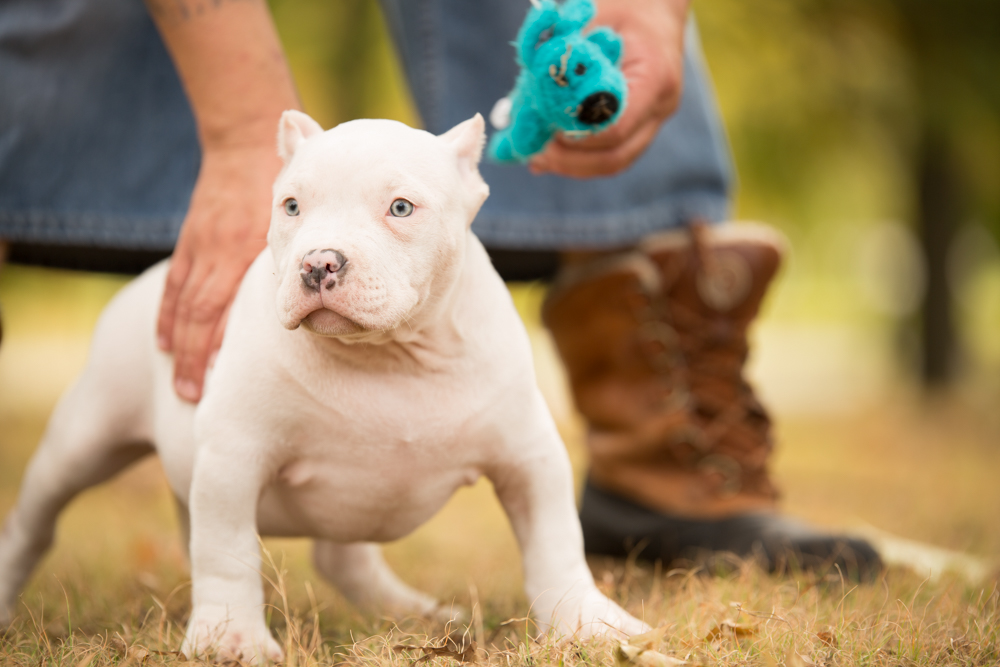
Did you know what your dog has tiny residents living on their skin? Most of our pets are harboring tiny little external parasites on their skin and hair follicles. These tiny mites cause a skin disease known as Mange.
There are several different types of mange. Localized demodectic mange occurs when mites gang up on 1 or 2 small confined areas, this will appear as tiny scaly bald spots, usually on or around the face. This condition is quite common and can usually go away on it own with NO treatment.
Generalized demodectic mange is more serious. It can effect large areas of your dog, even its entire body. This form of mange is uncomfortable for your due and will require medical attention. It is very itchy and will be accompanied by bacterial infections. You can often identify this form by its smelly skin.
Demodectic pododermatitis is the most resistant form of mange when it comes to treatment, it is confined to the foot area, requires deep biopsies to diagnose and is extremely itchy. It also comes side by side with bacterial infections.
Cheyletiella mange, also known as walking dandruff looks like flakes of skin on your dog that can move or walk around. It is highly contagious and spreads from puppy to puppy. It comes from mite infestations in straw bedding, So be careful what type of bedding you use for your puppies!
If you have a dog who has been diagnosed with Mange, and have other pets, should you be worried about it spreading? Yes, sarcoptic mange can easily be transferred between pets. Your tiny pet mites are not choosy about the host, they will freely jump from one to another. It is best to separate pets to avoid spreading of the disease. as I previously mentioned there are different species of mites, and different forms of mange. Demodex mites can transfer from pet to pet however, as long as your pet is healthy, these mites usually cause no noticeable issues, and will simply catch a ride and live peacefully. Keep in mind, this is normal for pets to have demodex mites on their skin. Sarcopic mange on the other hand comes along with the nasty bacterial infections, intense itchiness and discomfort. Sarcopic mange can also jump from your pet to YOU. Infection in humans will appear as rashes, bumps and look similar to a mosquito bite. Demodex mites, do NOT care for us humans.
Puppies and older dogs are more prone to mange.
How do you treat mange? The treatment for your mange will be based on your type of mange and the severity of the case.
Options include:
Anti parasitic oral medication
Topical ointments(to reduce itching and inflammation)
Injectable antibiotics if the bacterial infection is severe
Bath and shampoo in benzoyl peroxide.
Your vet may also prescribe a stress reliever to help your dog cope through the intense itching to allow spots to heal rather then scratch them raw. The only way to determine which treatment is needed for your case is a veterinary diagnosis, this will be accomplished by skin scrapings, which will usually have to be repeated several times until 2 back to back scrapes come back with a negative result, at this point your vet will discontinue their medication treatment regimen. The entire treatment process will take close to a month to make sure the mange is eradicated and does not return.
If your dog has been diagnosed with Mange to avoid a relapse or recurrence, please dispose of their bedding, collars etc. to avoid recontamination of the little buggers.










